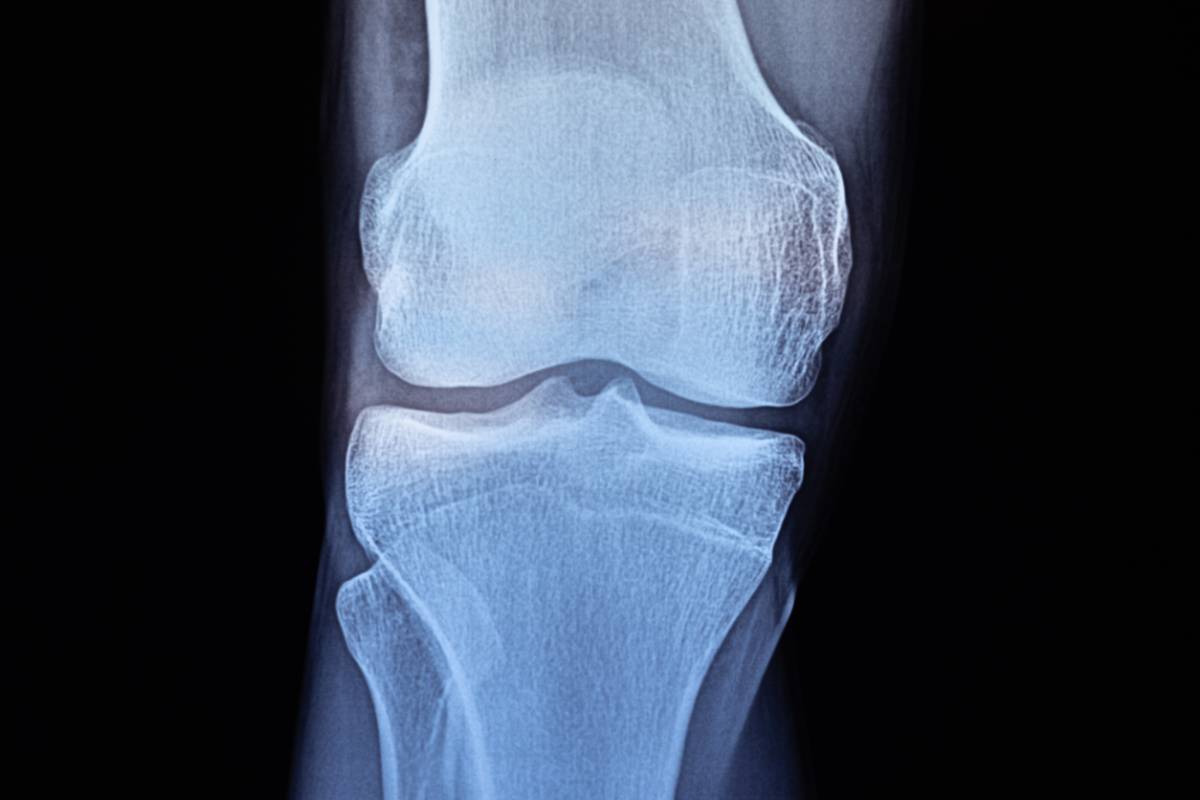How Is a Bone Density Scan Performed?
A bone density scan is a test that measures how strong your bones are. The test is effective in determining if you have osteoporosis or if you are at risk for bone fractures. It is a common test performed on the hips, spine, or wrists. It is a painless and fast test that provides important information to your doctor. You may wonder how a bone density scan is performed. Below, you will find the answer to this question and more helpful information about the test.
How Is a Bone Density Scan Performed?
A bone density scan is a smooth and quick process. It is often performed at a medical office, imaging center, or hospital. The process takes less than thirty minutes. When you check in, you will need to remove any metal objects, as it does include X-ray technology. This includes jewelry, belts, or zippers. You can keep your clothing on during the test if it does not contain metal.
The exam is performed on a padded table. Depending on the area that is being tested, you may need to adjust your arms and legs for optimal imaging. Padded blocks or platforms may be used as well. Once you are in the right position, a scanning machine is used to take images of your bones. For the best results, it is important to stay as still as possible during the test.
Once the scan is complete, you can get off the table and collect your belongings. You can get back to your routine with ease as it is a non-invasive test. The images will be sent to a doctor, who will analyse the results. After, your doctor will reach out regarding any next steps.
Who Needs A Bone Density Scan?
A bone density scan is not for everyone. Doctors generally recommend a bone density scan for those who are at risk for bone loss. The most common demographic of people at risk is women over age 65 and men over age 70. Younger people may need to get a bone density scan if they are at high risk for issues. Younger high-risk patients include those with a family history of osteoporosis, fractures, or bone-related medical conditions. Patients who take steroids may also need regular bone density tests.
A bone density scan at a health care clinic can help detect osteoporosis before a fracture occurs. Early detection is important so you can be proactive about your health. Treatment depends on the severity of your bone density issues. Common options include lifestyle changes and medication. These can help strengthen bones and reduce your risk of a fracture. Additionally, a scan can provide valuable information to protect your long-term bone health. Talk with your medical provider to determine when and how often you need to get a bone density scan.
Understanding Your Results
After your bone density scan, a medical professional will assess your results. Your results include a T-score. This score indicates your bone density compared to a healthy adult. A score of -1 is considered normal. This means you have strong and healthy bones. A score between -1 and -2.4 indicates low bone density, which means that you need to work with your medical provider to take proactive steps toward your bone health.
This range indicates that you are at risk for fractures. A score below -2.5 is indicative of osteoporosis. Osteoporosis is a condition characterized by fragile bones. If you have this condition, you are at a high risk for fractures, and you will need treatment and lifestyle changes. Specifically, these changes tend to include medication, dietary adjustments, exercise, and other lifestyle changes. Work closely with your doctor to reduce your risk of further issues.
Bone Density Scan
If you are concerned about your bone health, contact the team at West Texas Health today to schedule an appointment!

Leave a Reply